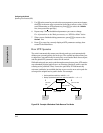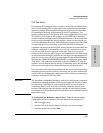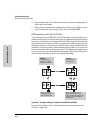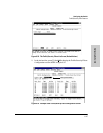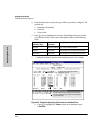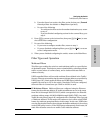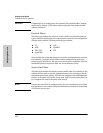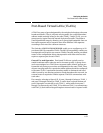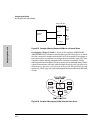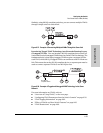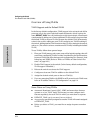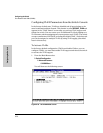
6-49
Configuring the Switch
Traffic/Security Filter Features
Configuring the Switch
b. Press the Space bar to select the filter action for that port ( Forward
filtered packets--the default--or Drop filtered packets).
c. Do one of the following:
– To configure the filter action for another destination port, return
to step a.
– If you are finished configuring actions for the current filter, go to
step 6.
6. Press [Enter] to return to the Actions line, then press [S] (for S
ave ) to save
the current filter configuration.
7. Do one of the following:
• If you want to configure another filter, return to step 3.
• If you are finished configuring filters, press [B] (for B
ack ) to return
to the Configuration menu.
8. When you are finished configuring the switch, return to the Main Menu.
Filter Types and Operation
Multicast Filters
This filter type enables the switch to send multicast traffic to a specified set
of destination ports. This helps to preserve bandwidth by reducing multicast
traffic on ports where it is unnecessary, and to isolate multicast traffic to
enhance security.
IGMP-controlled filters will override multicast filters defined in the Traffic/
Security Filters screen and having the same multicast address as specified by
IGMP (page 6-95). Static multicast filters and IGMP filters (addresses)
together can total up to 255 in the switch. If multiple VLANs are configured,
then each filter is counted once per VLAN in which it is used.
Note: IP Multicast Filters. Multicast filters are configured using the Ethernet
format for the multicast address. IP multicast addresses occur in the range
from 224.0.0.0 through 239.255.255.255 (which corresponds to the Ethernet
multicast address range of 01005e-000000 through 01005e-7fffff). Any static
Traffic/Security filters (page 6-46) configured with a “Multicast” filter type and
a “Multicast Address” in this range will continue to be in effect unless IGMP
learns of a multicast group destination in this range. In this case, IGMP takes
over the filtering function for the multicast destination address(es) for as long
as the IGMP group is active. If the IGMP group subsequently deactivates, the
static filter resumes control over traffic to the multicast address.




